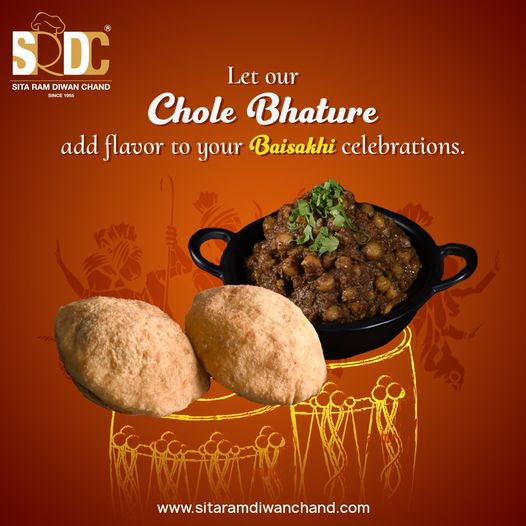The nine-day Hindu celebration of Navratri, which honors the divine feminine, is a colorful fabric of customs, ceremonies, and, of course, delicious cuisine! A lot of devotees practice a partial fast during this time, following certain food requirements, while some choose to observe a total fast.
Flavor and variety don’t have to be sacrificed for this! Fasting during Navratri offers a special chance to experiment with a variety of delicious foods and discover a world of culinary creativity.
This guide will provide the ingredients for tasty and satisfying Navratri food. We will explore a wealth of appropriate ingredients, delve into the “sattvic” eating principles observed throughout the festival, and expose a range of delicious dishes that will leave you feeling full and energetic even beyond the nine days.
Thus, get ready to embark on a flavorful journey that celebrates both faith and the art of mindful eating!
What is Navratri?
The lively Hindu holiday of Navratri, which translates to “nine nights” in Sanskrit, is observed twice a year.
It celebrates the sacred feminine, especially Durga, the goddess of power and victory, throughout the course of nine days and nights.

Bright cultural events, fasting, and prayer are characteristics of celebrations. Devotees follow strict dietary rules that prioritize Navratri food, which are only vegetarian selections that foster calm and well-being.
This is especially true for those who are fasting. Dussehra, a festive celebration celebrating the victory of good over evil, marks the end of the festival.
Navratri is a time for spiritual thought, cultural immersion, and expressing appreciation, whether it is celebrated through fasting or feasting.
What Navratri food you can eat during a Navratri Fast?
1. Potatoes
Potatoes are a great source of complex carbs, which can keep you satisfied for a long time and can be a great snack option as well as a meal. If you do not want to eat anything unhealthy, you can opt for boiled potatoes or cooked potatoes for Navratri food.
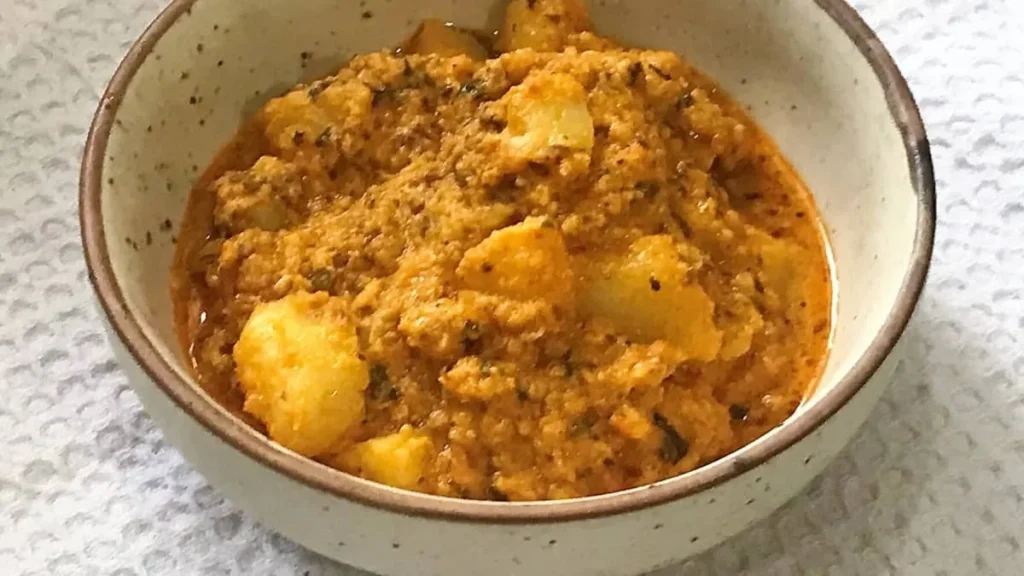
Opting for potato chips which are processed is not a good option for fasting because it does not truly support detoxification.
2. Cottage Cheese
While you are fasting, there is usually an alteration in the intake of protein due to certain restrictions on foods. Cottage Cheese can be a great option for Navratri food to level up your protein intake.
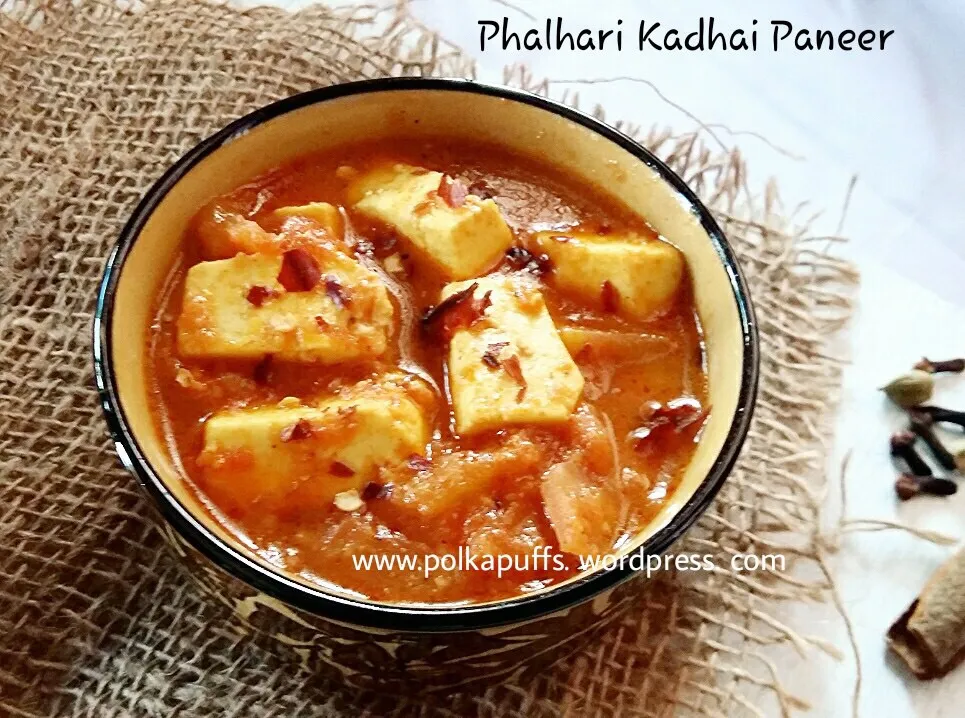
Consume it in the form of a sabzi or just sprinkle some Sendha Namak and coriander and enjoy the nutritional treat.
3. Lauki
Lauki, being a rich source of dietary fiber along with vitamin C, iron, and magnesium, can be cooked in minimal oil and consumed during meals. It also has a high content of water which is good for hydration.
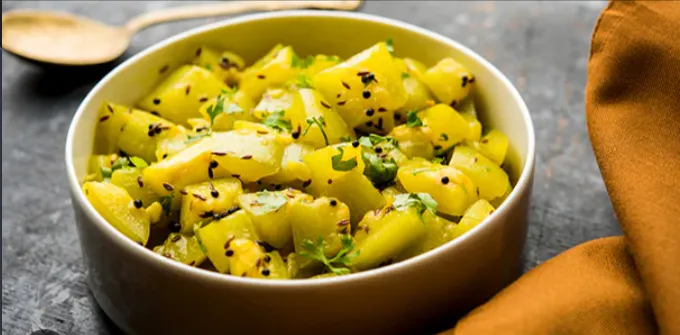
4. Kaddu
Rich in fiber, protein, and vitamins, Kaddu or pumpkin is a great food for your heart. Add sugar and ghee to it to consume it as a dessert or just consume it raw along with other meals.

5. Sabudana
This is almost a favorite food of all Indians, which is famous in all Navratri food. It is a healthy, underrated food that can be cooked in many different ways.

Sabudana can be consumed as Sabudana khichdi, Sabudana kheer, Sabudana chaat, etc. It is a good source of calcium, vitamins, and fiber which can be ideal for fasting to keep you active and energized. It is the best food for fasting!
6. Kuttu ka Atta
Kuttu, which is known as buckwheat, comes into the limelight only during the days of fasting. Since it is not possible to consume chapattis made out of wheat flour, it can be replaced with Kuttu ka atta.
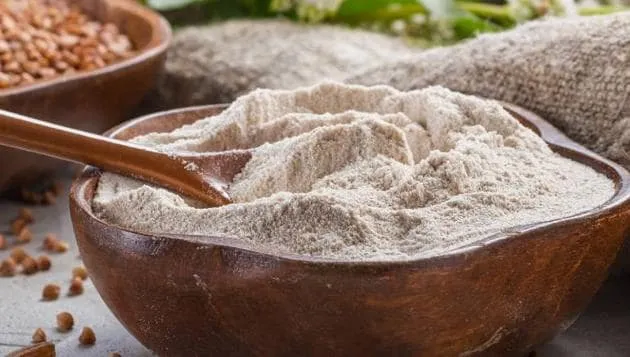
Kuttu atta rotis can be the best replacement for wheat chapattis during Navratri. You can have it fried or just smear them in a pan. Also add ghee on top of it to avail more benefits of the fiber, antioxidants, and protein content in it.
7. Singhada ka Atta
If not kuttu, you can readily opt for Singhada which is also known as water chestnut which you can in your Navratri fast. It is a rich source of vitamins and minerals and it is also used as a thickener in various foods.
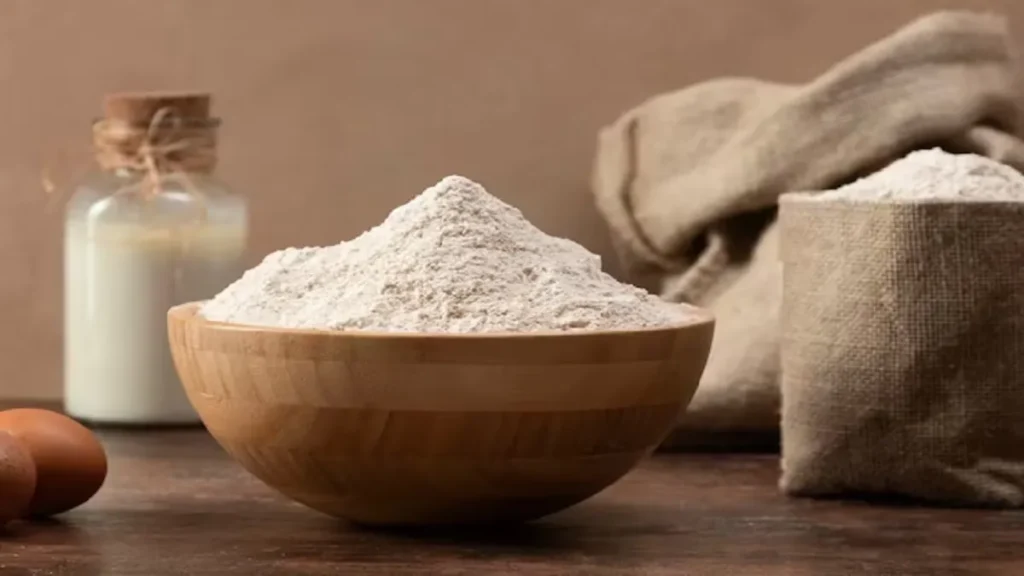
8. Makhanas
During fasts, it is natural to crave snacks and junk because of the low intake of other foods. Hence, makhanas can come to your rescue. These are low-calorie navratri food that can be consumed as a ready-to-go snack in the office while working or at home.
They are a rich source of calcium. You can consume it raw or just roast it with Sendha Namak and store it in a container.
9. Samak Rice
People who are fond of rice and find it difficult to give up on rice during fasting can opt for Samak rice. It is a healthier substitute for rice and consists of the right amount of fiber and complex carbs.

10. Fruits
These are the essential Navratri food to fill up your bellies by maintaining your weight. Due to the high nutritional content of fruits, they can be consumed raw or can be added to smoothies for a fruity treat.
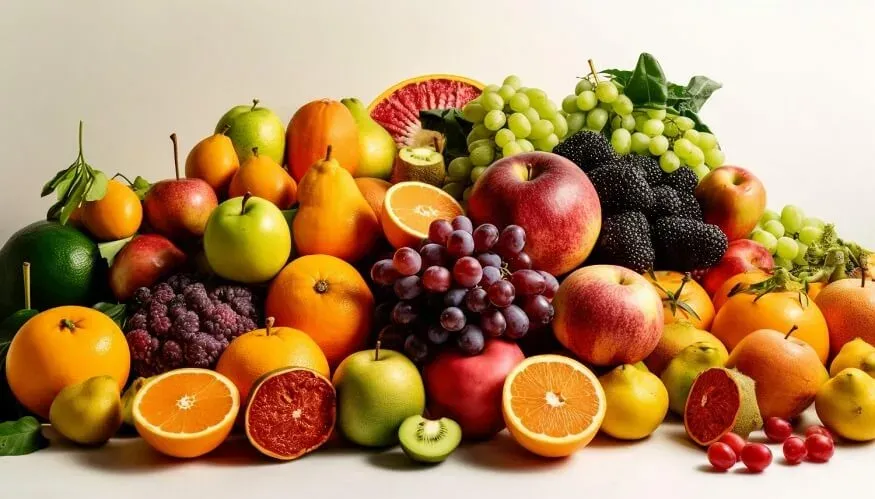
You can even add it to kheer while satiating your sweet cravings. For quick glowing skin, you can also add fruits like blueberries and cranberries, both of which are high in antioxidants and vitamin C. They are also completely natural and a low-calorie food for Navratri fast.
11. DryFruits
The delightful blend of assorted dry fruits offers a crunchy and nutritious way to stay energized during the fast. Panchratna Trail Mix is an ideal choice for Navratri fasting. It combines the richness of almonds, cashews, raisins, dates, and black current, making it a wholesome snack that adheres to Navratri traditions.

These nutrient-packed dry fruits provide essential vitamins, minerals, and antioxidants, supporting your overall health while you observe the fast.
Suggesting some Yummy Food to Eat After 9-Days Navratri Fasting
As we conclude the nine-day festival, it’s time to celebrate with some lip-smacking food after having the simple yet tastiest Navratri food. In this list, we are going to talk about some top foods that you can have after your Navratri fasting which includes Delhi’s best chole bhature, chaat, chole kulche, and more.
1. Sitaram Diwanchand
After your Navratri fast, how will it feel to eat some chole bhature famous in Delhi!
Whether you choose to visit Sita Ram Diwan Chand’s outlet or have it delivered to your doorstep, their legendary chole bhature awaits you. As you express gratitude in prayer to the almighty, savor the flavors that are sure to leave a lasting impression on your taste buds.

Delhi’s famous Chole bhature is a quintessential dish that cannot be missed by any food lover. The craft of making it is indeed an art that requires mastery. The soft pillowy texture of the bhature melts in your mouth, making it a rare culinary pleasure. Chole or chickpeas play a crucial role in making the dish outstanding.
2. Atul Chaat
How about eating something chattpata after having some simple Navratri food?
For those who enjoy street food in Delhi, what was once just an ordinary store lost in the shopping lanes of Rajouri Garden Market has become an icon. Even though tikki and aloo chaat are the most well-liked treats, everyone who likes chaat is gushing about Atul Chaat because of the gol gappas and their size of.

Since its founding many years ago, the food at this simple restaurant has been its only highlight. Visit this well-known street food restaurant in Delhi for a quick, inexpensive, and delicious snack.
3. Khandani Pakode Wala
The name itself suggests the heritage linked to this place. Khadani Pakodewala is one of the Delhi street food joints where the quality of the food has not degraded with time. The crispy batter covered with the soft filling is still as scrumptious as before.

Apart from the common potato, cauliflower, and onion pakoras, they’re also made from paneer, baby corn, and lotus stem. For regulars, Khandani is akin to a foodie’s must-stop on their way to or from Sarojini Nagar.
4. Ram Laddoo
A favorite teatime and tasty food in Delhi for every Delhi-ite is Ram Ladoo. These scrumptious crispy fritters are topped with shredded radish and dipped in chutney to add a tangy taste. Ram Ladoo is a yummy-spicy delight that’s pure bliss during the rains.
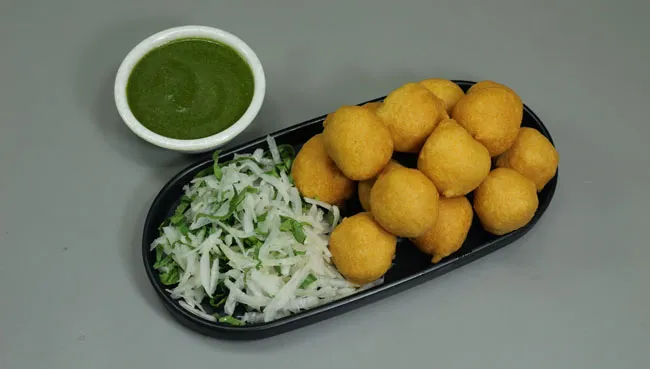
5. Chole kulcha
It’s also known as Matar Kulche, and it’s typically served with plain kulcha and a curry made with white peas. In Delhi, chole kulche is a well-liked street dish.
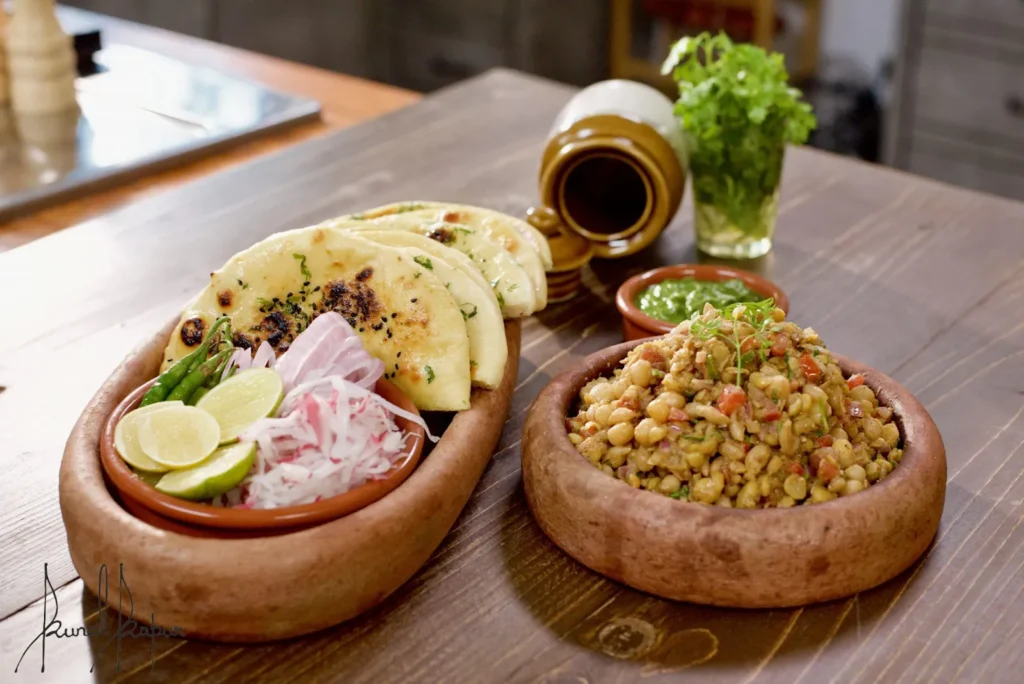
This dish is known as Matar Chaat or Matar ki Chat since it is typically available on the streets rather than in expensive restaurants.
You May Also Like: Creative Side Dishes to Pair with Chole Bhature
Conclusion
You’ve seen that fasting for Navratri doesn’t have to be boring! You can create wonderful and fulfilling Navratri food by exploring the wide number of acceptable foods and embracing the ideals of sattvic eating.
The options are numerous, ranging from savory fritters and solid curries to sweet desserts and cool drinks. So take off on this delicious adventure, honor your beliefs, and experience the joy of mindful dining during Navratri!
Frequently Asked Questions
Q1 What food is allowed on the first day of Navratri?
Ans The worship of the Goddess, who is an avatar of Parvati, commences on Navratri. The first day’s bhog consists of puris (deep-fried bread), pure cow’s ghee, and “chana jaggery,” or black chickpeas cooked with jaggery.
Q2 Which food to avoid in Navratri?
Ans Food Not Recommended To Be Consumed On Fasting Days.
-
- Grains and Cereals. One of the primary restrictions during Navratri is the avoidance of grains and cereals such as wheat, rice, and oats.
-
- Onions and Garlic.
-
- Non-Vegetarian Foods.
-
- Table Salt
Q3 What is Satvik food for Navratri?
Ans Common sattvik foods include fruits, vegetables, dairy products, nuts, seeds, and whole grains.
Q4 Where to eat the best chole bhature in Delhi?
Ans At Sitaram Diwanchand you can eat the best chole bhature in Delhi with their very famous meethi lassi which will indulge in your mouth completely.
